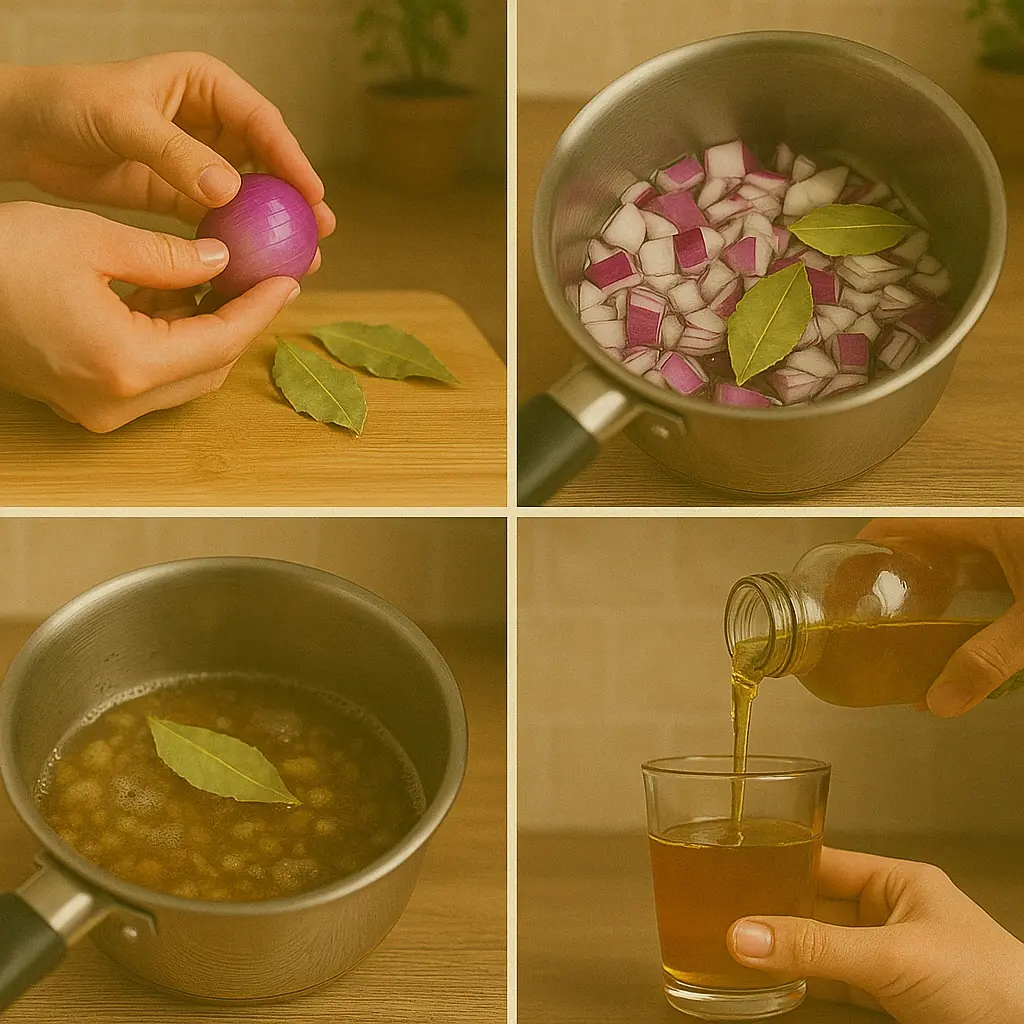
Lavender: The Plant That Relieves Headaches, Muscle Pain, Rheumatic Aches, and More

Lavender, also known as “espliego” in Spanish, is a fragrant herb from the Lamiaceae family, native to the Mediterranean region. It is widely celebrated for its relaxing aroma, therapeutic benefits, and versatility in both medicinal and cosmetic use.
More than just a pretty plant, lavender is a natural powerhouse that has been used for centuries to ease anxiety, promote sleep, relieve pain, and even treat skin conditions. Its essential oil is one of the most popular and widely used in the world of aromatherapy and natural remedies.
🌸 Key Properties & Health Benefits of Lavender
1. 🧘♀️ Relaxing and Calming Effects
-
Lavender is most famous for its soothing and sedative properties.
-
Helps reduce stress, anxiety, and nervous tension.
-
A popular aid for insomnia and restlessness, commonly used in aromatherapy or pillow sprays.
2. 💆 Pain Relief
-
Lavender oil or infused preparations can help ease headaches, migraines, sore muscles, and joint pain.
-
Especially effective when massaged into the skin or inhaled during relaxation.
3. 🌿 Digestive Support
-
Traditionally used to relieve digestive discomfort, including gas, bloating, nausea, and upset stomach.
-
Taken in the form of herbal infusions or tinctures.
4. 🩹 Antiseptic and Healing Properties
-
Contains natural antiseptic, anti-inflammatory, and cicatrizant (wound-healing) compounds.
-
Used for minor cuts, insect bites, skin irritations, and acne.
-
Promotes faster healing and prevents infection.
5. 💄 Cosmetic Uses
-
Widely used in beauty products like lotions, shampoos, creams, perfumes, and body oils.
-
Its pleasant floral aroma and antimicrobial properties make it ideal for skin and hair care.
6. 🌬️ Aromatherapy & Mood Enhancement
-
Inhaling lavender essential oil can help lift mood and reduce symptoms of depression or fatigue.
-
Used in diffusers, sprays, or bath soaks for mental clarity and emotional balance.
🫖 Common Ways to Use Lavender
🔹 Infusions (Lavender Tea)
-
Made by steeping dried lavender flowers in hot water.
-
Helps calm the mind, reduce digestive issues, and prepare the body for sleep.
🔹 Essential Oil
-
Can be applied topically (diluted in a carrier oil) for pain relief and skin care.
-
Added to diffusers or bathwater for stress relief.
-
Used in massage therapy to relax sore muscles and reduce anxiety.
🔹 Liquid Extract or Tincture
-
Taken orally (in small, diluted amounts) to support relaxation, digestion, and nervous system balance.
🔹 Oil Macerate (Lavender Infused Oil)
-
Made by gently heating lavender flowers in olive oil (bain-marie method).
-
Used topically or in homemade skincare recipes.
🔹 Lavender Sachets
-
Small fabric bags filled with dried lavender buds.
-
Placed in closets, drawers, or under pillows to provide a pleasant aroma and calming effect.
⚠️ Precautions
-
Lavender is generally safe, but essential oil should always be diluted before applying to the skin.
-
Not recommended for children under 2 years old or pregnant women without medical advice.
-
Avoid excessive internal use without professional guidance.
🌿 Conclusion
Lavender is much more than just a beautiful plant—it's a natural remedy that offers physical, emotional, and aesthetic benefits. Whether used in a warm bath, as a tea, in a diffuser, or as part of your skincare routine, lavender has something to offer for almost everyone.
Its ability to relieve pain, promote rest, and soothe the mind makes it an essential herb in any natural wellness toolkit.
News in the same category


The Most Powerful Tea to Help You Sleep Relaxed: Valerian Root Tea
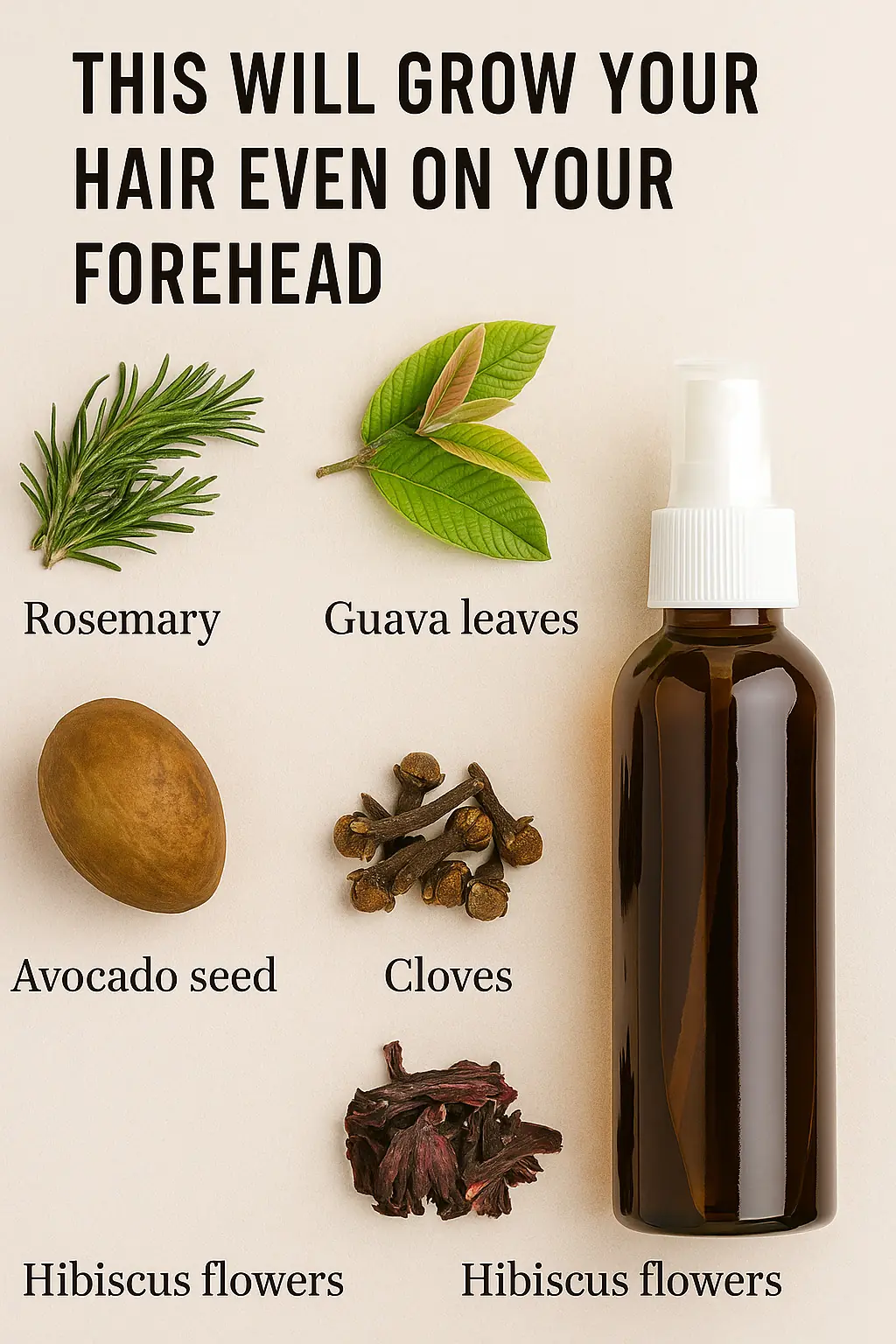
Natural Hair Growth & Strengthening Tonic
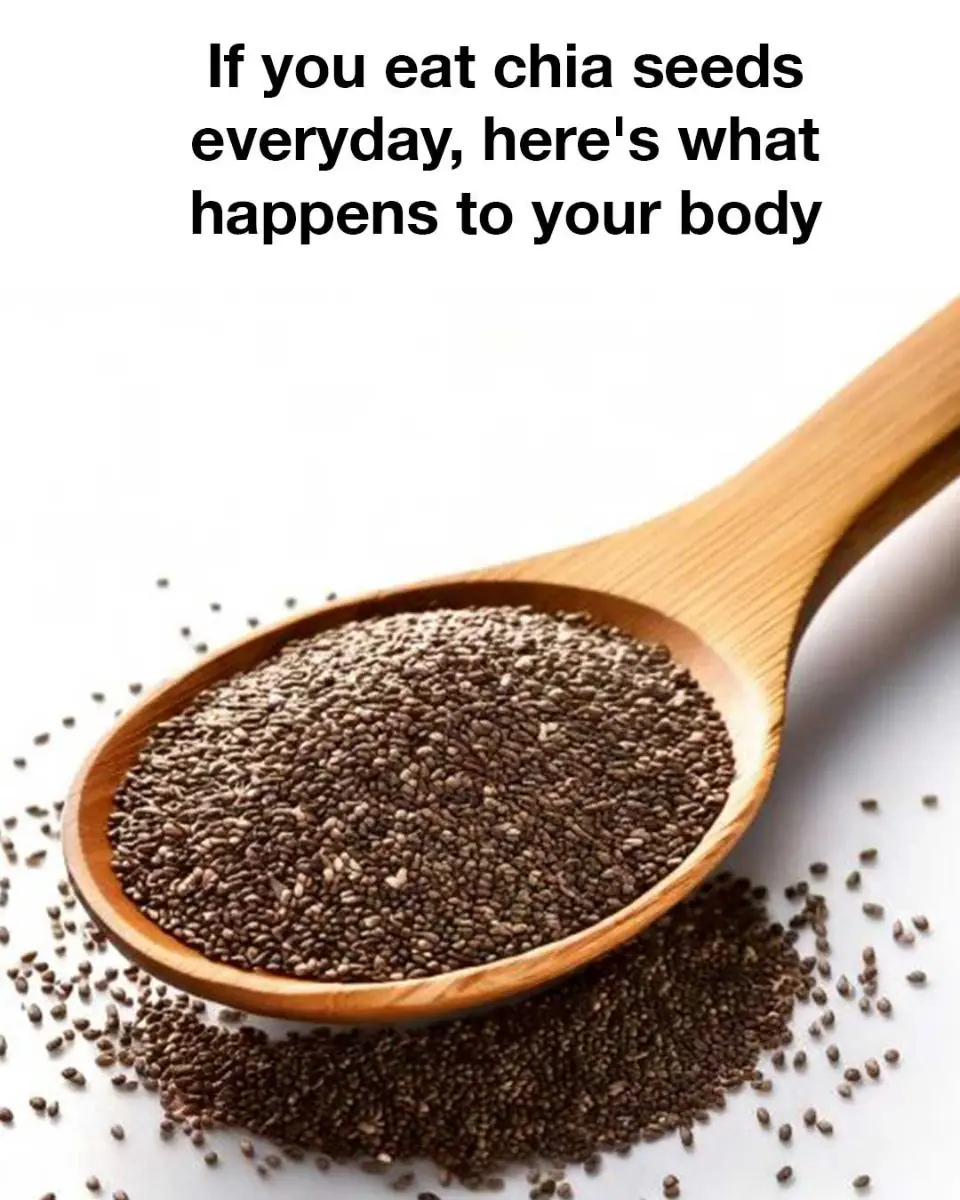
This is news to me!

This is news to me!
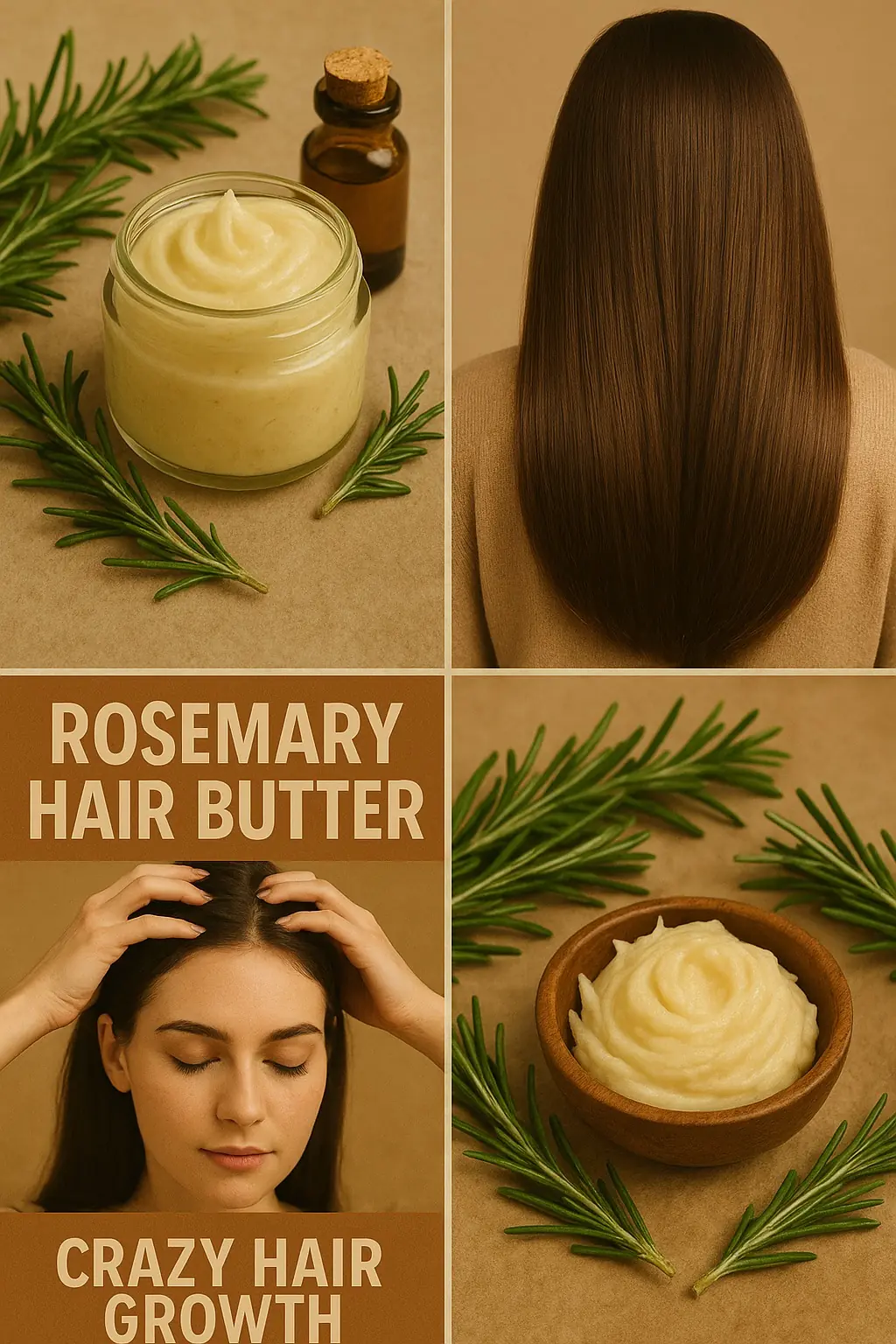
Rosemary Hair Butter for Healthy Hair Growth

Burn Belly Fat Naturally with Japanese Chia Seed Drink!

Enhance Your Health and Wellness with Castor Oil and Epsom Salt

Natural Remedy for Leg Pain and Arthritis Relief

Detoxify Your Liver with a Pomegranate Cleanse
Detoxify Your Liver with a Pomegranate Cleanse

Potential Side Effects of Beetroot Juice
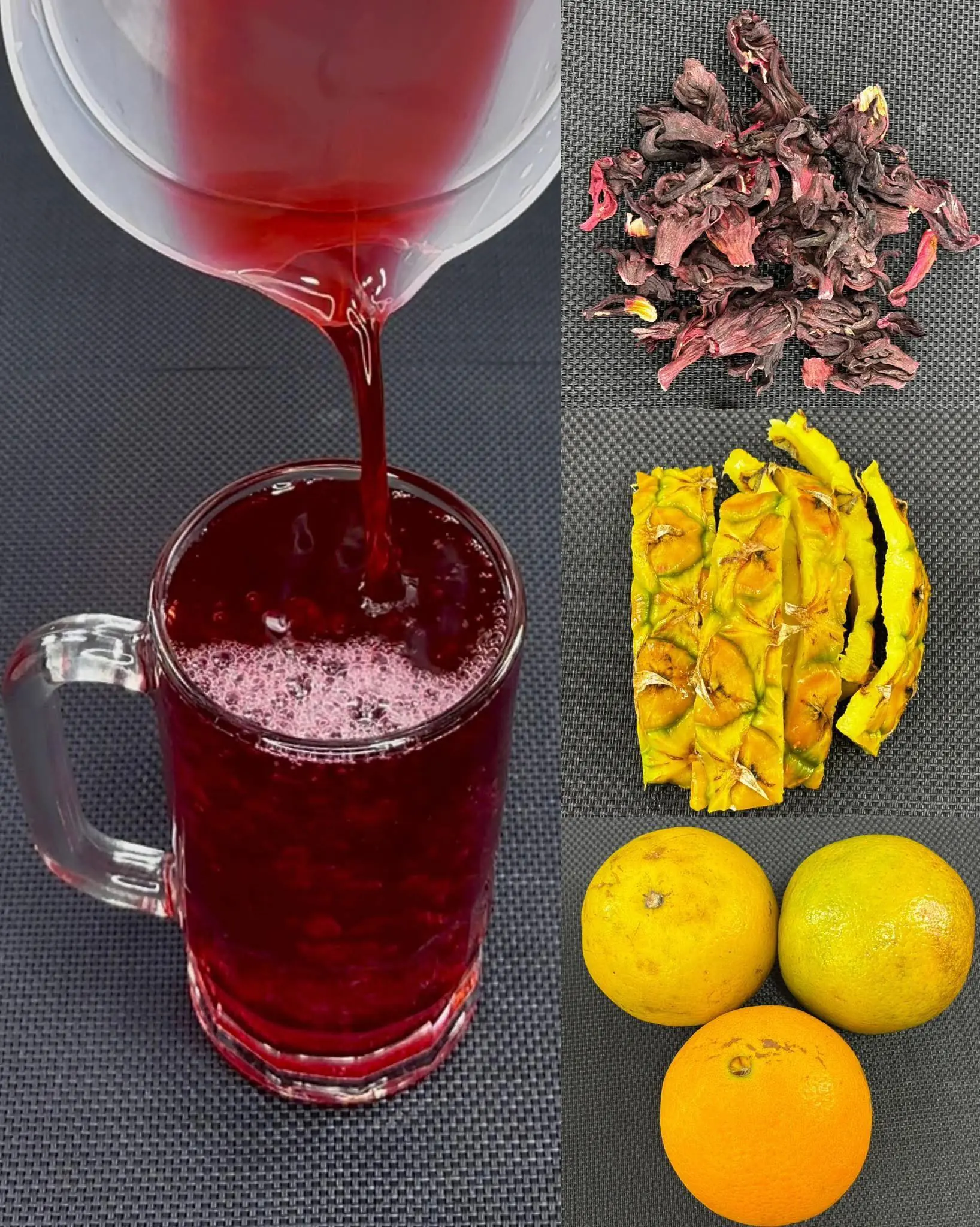
Natural Drink to Eliminate Type 2 Diabetes, High Cholesterol, Obesity, Poor Circulation, Arthritis, Fatty Liver, and More

The Drink That Cleanses the Kidneys, Detoxifies the Liver and Blood, Fights Fluid Retention, and Relieves Stomach Heaviness
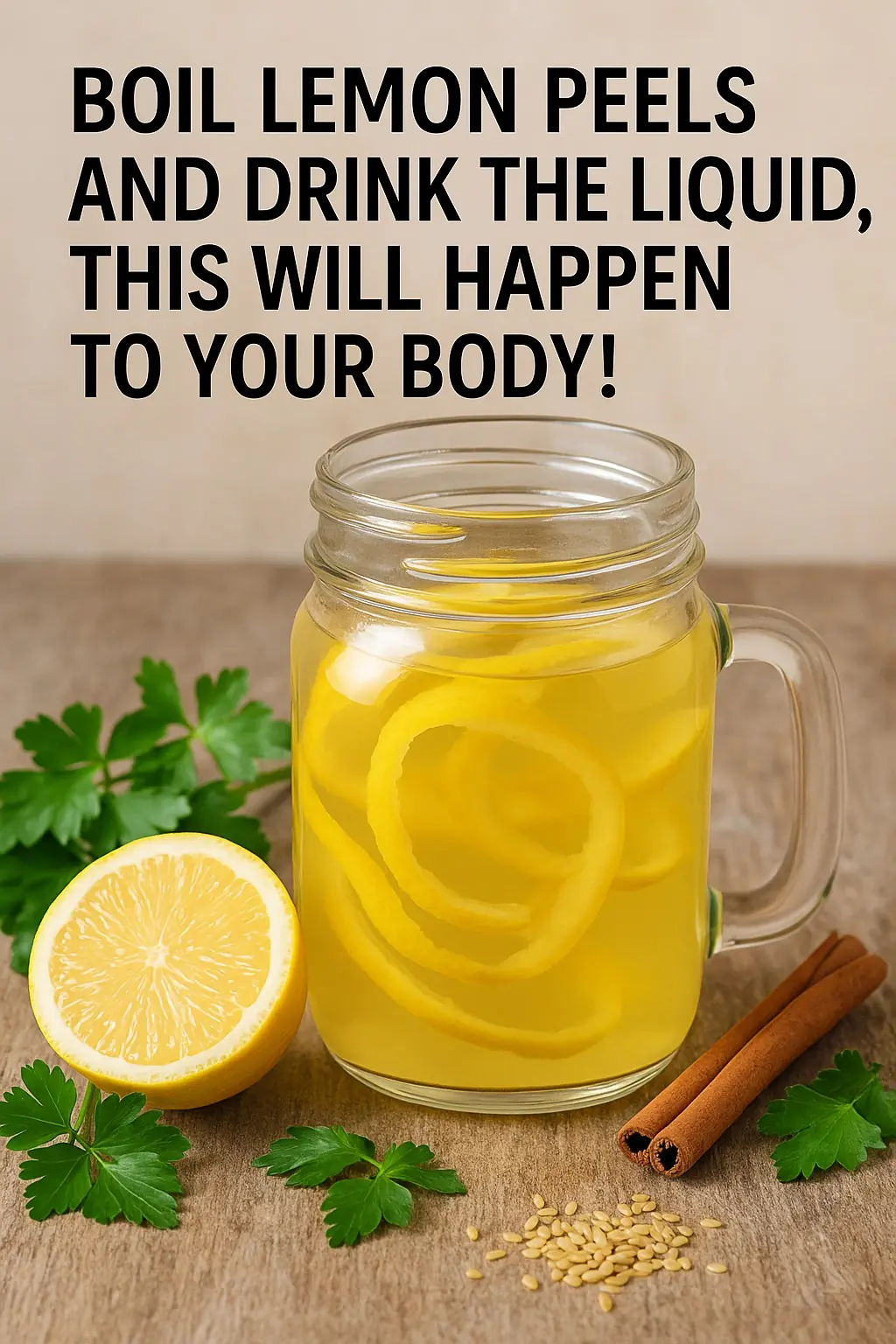
Boil Lemon Peels and Rejuvenate Your Health! 🍋

Unveiling the Surprising Health Secrets of Cayenne Pepper

Exploring the Vaseline and Cornstarch Beauty Hack for Youthful Skin

10 Reasons Why Dandelion Stalks Should Be Part of Your Diet

The Power of Turmeric

Uncovering the Origins and Appearance of Carob
News Post

Homemade Onion & Bay Leaf Syrup: An Ancient Remedy for Your Lungs 🌿🧅

The Most Powerful Tea to Help You Sleep Relaxed: Valerian Root Tea

Natural Hair Growth & Strengthening Tonic

This is news to me!

This is news to me!

Rosemary Hair Butter for Healthy Hair Growth

Burn Belly Fat Naturally with Japanese Chia Seed Drink!

Enhance Your Health and Wellness with Castor Oil and Epsom Salt

Natural Remedy for Leg Pain and Arthritis Relief

Detoxify Your Liver with a Pomegranate Cleanse
Detoxify Your Liver with a Pomegranate Cleanse

Potential Side Effects of Beetroot Juice

Natural Drink to Eliminate Type 2 Diabetes, High Cholesterol, Obesity, Poor Circulation, Arthritis, Fatty Liver, and More

The Drink That Cleanses the Kidneys, Detoxifies the Liver and Blood, Fights Fluid Retention, and Relieves Stomach Heaviness

Boil Lemon Peels and Rejuvenate Your Health! 🍋

Unveiling the Surprising Health Secrets of Cayenne Pepper

Exploring the Vaseline and Cornstarch Beauty Hack for Youthful Skin

10 Reasons Why Dandelion Stalks Should Be Part of Your Diet

The Power of Turmeric
